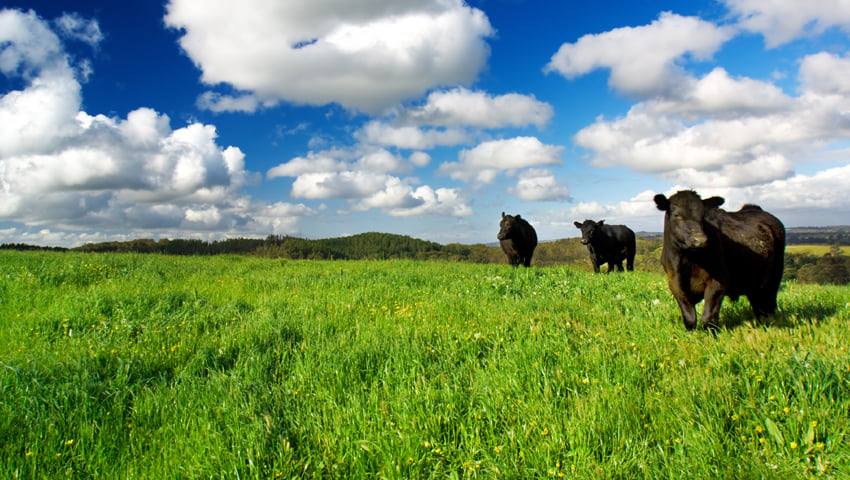New Curtin University research has shown the warming climate will turn Australia’s soil into a net emitter of carbon dioxide (CO2), unless action is taken.
Soil helps to keep the planet cool by absorbing carbon, however as the climate gets warmer its ability to retain carbon decreases – and in some instances can start to release some carbon back into the air.
A global research team – led by Professor Raphael Viscarra Rossel from Curtin’s School of Molecular and Life Sciences – have predicted the changes in the amount of carbon in Australia’s soil between now and the year 2100.
To do so, the team ran simulations using three different paths for society: an eco-focused ‘sustainable’ scenario, a ‘middle-of-the-road’ scenario and another which predicted a continued reliance on ‘fossil-fuelled development’.
It found Australian soil will be a net emitter and could account for 8.3 per cent of Australia’s total current emissions under the ‘sustainable’ scenario and more than 14 per cent by 2045 under the ‘middle-of-the-road’ and ‘fossil-fuelled’ scenarios.
By 2100, soil emissions under both scenarios are predicted to account for an even higher proportion of total emissions, but the predictions are more uncertain.
While some areas with arable farmland could continue to store carbon, the study found it would not be enough to offset the amounts of carbon lost from the soil in areas which are more sensitive to warmer weather, such as coastal regions and Australia’s vast rangelands.
Australian soil holds an estimated 28 gigatons of carbon, 70 per cent of which is stored in these rangelands.
Professor Viscarra Rossel said, “Unless farming methods are further improved so farmland soils can continue to store carbon, any gains and benefit will likely decrease by 2045 and worsen in time, if the Earth continues to warm at its current rate. This means Australia’s soil could release even more carbon into the air instead of storing it, which will in turn make climate change worse.
“If emissions continue at the current rate, the Earth’s temperature is expected to reach 2 degrees above pre-industrial temperatures sometime this century, which is predicted to have dire consequences and potentially catastrophic impacts for the planet.”
Professor Viscarra Rossel said more sustainable pathways and improved management and conservation of soils were essential for Australia to meet its emissions reduction goals.
He said, “Ensuring Australia’s rangeland soils can maintain their carbon stocks is imperative: capturing and storing additional carbon will require interdisciplinary science, innovation, cultural awareness and effective policies.
“It will be challenging, given the rangelands’ drier and more variable climate, its relatively sparse vegetation and other factors such as bushfires – however, only a slight change over such large areas will make a positive difference.
“Innovative grazing management, cultural burning and regenerating biodiverse, endemic native plant communities, for example, could see rangelands soils absorb and store more water and carbon, reduce erosion and lead to more stable ecosystems – and ultimately, fewer emissions.”
Read, A warming climate will make Australian soil a net emitter of atmospheric CO2
